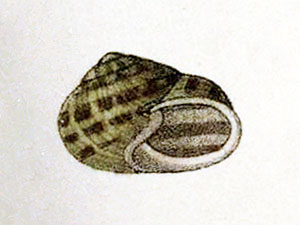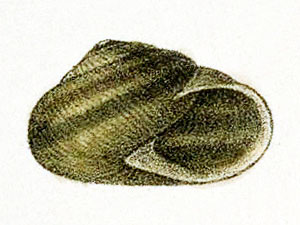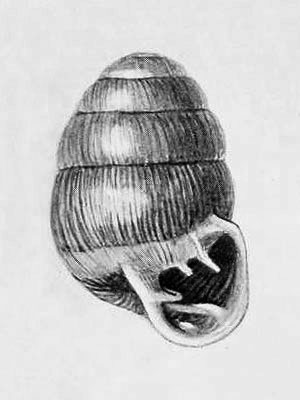Gymnesian Thrush (Turdus sp.)
This form is known from fossil remains that were found on the island of Mallorca, Spain and that are of Late Paleistocene/Early Holocene age.
They appear to be at least 10% larger than corresponding compariative material of the largest known Turdus spp. and may be identical with another large thrush species that was described in 2004 as Meridiocichla salotti Louchart. [1]
*********************
References:
[1] Antoine Louchart: An extinct large thrush (Aves: Turdidae) from the late Quaternary of Mediterranean Europe. Neues Jahrbuch für Geologie und Paläontologie 233(2): 257-296. 2004
*********************
edited: 02.01.2023






